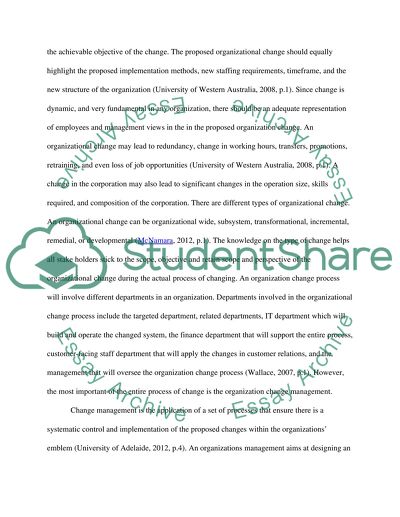Cite this document
(“Motivations for Organizational Change for Sustainability Essay”, n.d.)
Retrieved from https://studentshare.org/environmental-studies/1396226-what-are-the-key-motivations-for-organisational
Retrieved from https://studentshare.org/environmental-studies/1396226-what-are-the-key-motivations-for-organisational
(Motivations for Organizational Change for Sustainability Essay)
https://studentshare.org/environmental-studies/1396226-what-are-the-key-motivations-for-organisational.
https://studentshare.org/environmental-studies/1396226-what-are-the-key-motivations-for-organisational.
“Motivations for Organizational Change for Sustainability Essay”, n.d. https://studentshare.org/environmental-studies/1396226-what-are-the-key-motivations-for-organisational.


